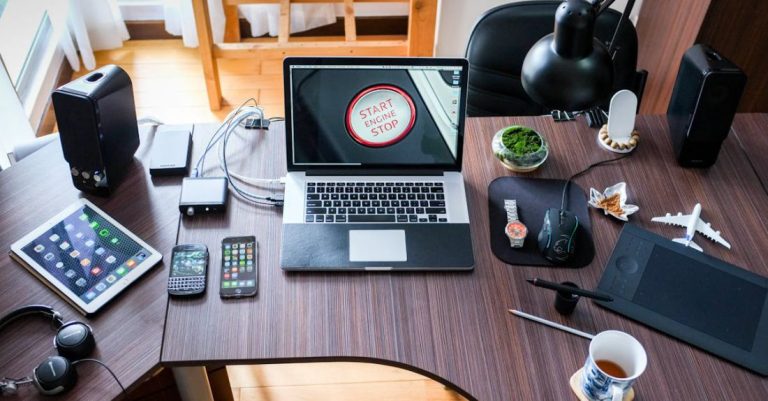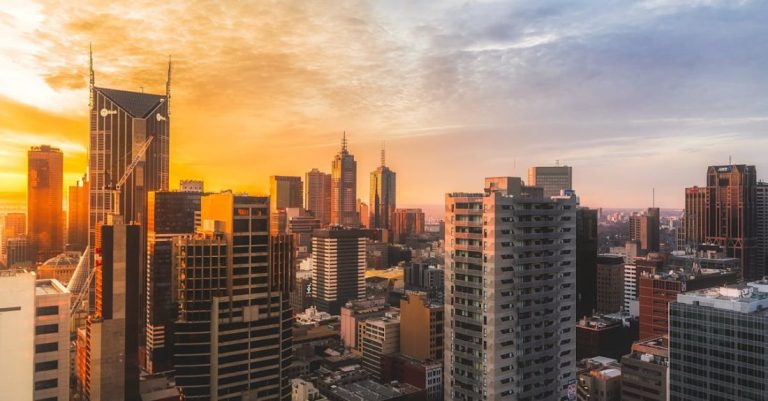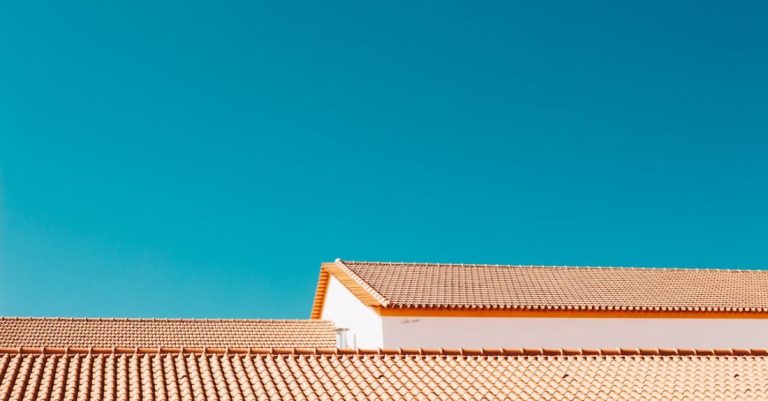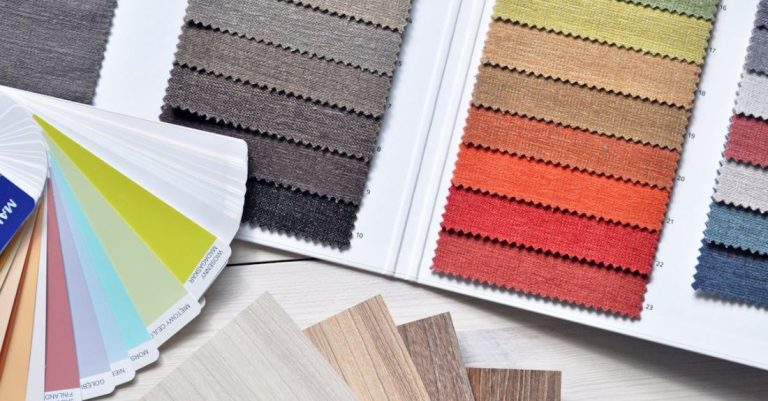
Planning a Green Building Project on a Budget
Embarking on a green building project is a commendable initiative that not only benefits the environment but also contributes to long-term cost savings. While the concept of sustainable construction practices is gaining momentum, the misconception that green building projects are inherently expensive often deters individuals and organizations from pursuing such endeavors. However, with careful planning and strategic decision-making, it is possible to undertake a green building project on a budget without compromising on environmental performance or quality. In this article, we will explore practical tips and strategies to help you plan and execute a green building project cost-effectively.
Understanding the Basics of Green Building
Before delving into the specifics of planning a green building project on a budget, it is crucial to have a solid understanding of the fundamental principles of green building. Green building focuses on minimizing the environmental impact of construction and operation by incorporating sustainable practices and materials. This includes energy efficiency, water conservation, waste reduction, and indoor air quality improvements. By optimizing these aspects, green buildings not only reduce their carbon footprint but also enhance occupant comfort and well-being.
Setting Clear Goals and Priorities
The key to successfully completing a green building project on a budget lies in setting clear goals and priorities from the outset. Define what aspects of sustainability are most important to you and your project, whether it be energy efficiency, water conservation, or material selection. By prioritizing specific sustainability goals, you can allocate your budget more effectively and avoid unnecessary expenses on less critical aspects.
Engaging Stakeholders Early
Engaging stakeholders, including architects, engineers, contractors, and suppliers, at an early stage of the project can help streamline decision-making processes and identify cost-saving opportunities. Collaborating with experts who have experience in green building practices can provide valuable insights and recommendations for achieving sustainability goals within budget constraints. Additionally, involving stakeholders in the planning phase fosters a sense of ownership and commitment to the project’s success.
Optimizing Design for Efficiency
One of the most effective ways to reduce costs in a green building project is to optimize the design for efficiency. This involves maximizing natural daylighting, improving insulation, selecting energy-efficient appliances, and incorporating passive heating and cooling strategies. By designing a building that minimizes energy consumption and maximizes comfort, you can significantly lower operational costs over the building’s lifetime.
Selecting Sustainable Materials Wisely
Choosing sustainable materials is a critical aspect of green building that can impact both the environmental performance and cost of the project. When selecting materials, consider factors such as durability, recyclability, embodied energy, and life cycle costs. Opt for locally sourced materials to reduce transportation emissions and support the local economy. Additionally, look for third-party certifications, such as LEED or Cradle to Cradle, to ensure the sustainability and quality of the materials used.
Implementing Water-Efficient Strategies
Water conservation is another essential aspect of green building that can contribute to cost savings in the long run. Implement water-efficient strategies such as low-flow fixtures, rainwater harvesting systems, and drought-resistant landscaping to reduce water consumption and utility costs. By incorporating water-saving technologies and practices into your building design, you can minimize the environmental impact of your project while also lowering operational expenses.
Monitoring and Evaluating Performance
Once your green building project is complete, it is essential to monitor and evaluate its performance to ensure that sustainability goals are being met and that cost-saving measures are effective. Implementing a monitoring system to track energy and water usage, indoor air quality, and overall building performance can help identify areas for improvement and optimize resource efficiency. Regular performance evaluations also provide valuable data for future projects and enable you to demonstrate the success of your green building initiatives.
Conclusion: Achieving Sustainability on a Budget
Planning a green building project on a budget requires careful consideration of sustainability goals, efficient design strategies, material selections, and ongoing performance monitoring. By setting clear priorities, engaging stakeholders early, optimizing design for efficiency, selecting sustainable materials, implementing water-efficient strategies, and monitoring performance, you can achieve sustainability goals while staying within budget constraints. Green building is not just about environmental responsibility; it is also a smart investment that can result in long-term cost savings and a healthier, more resilient built environment. By following these practical tips and strategies, you can successfully plan and execute a green building project that is both environmentally conscious and economically feasible.





